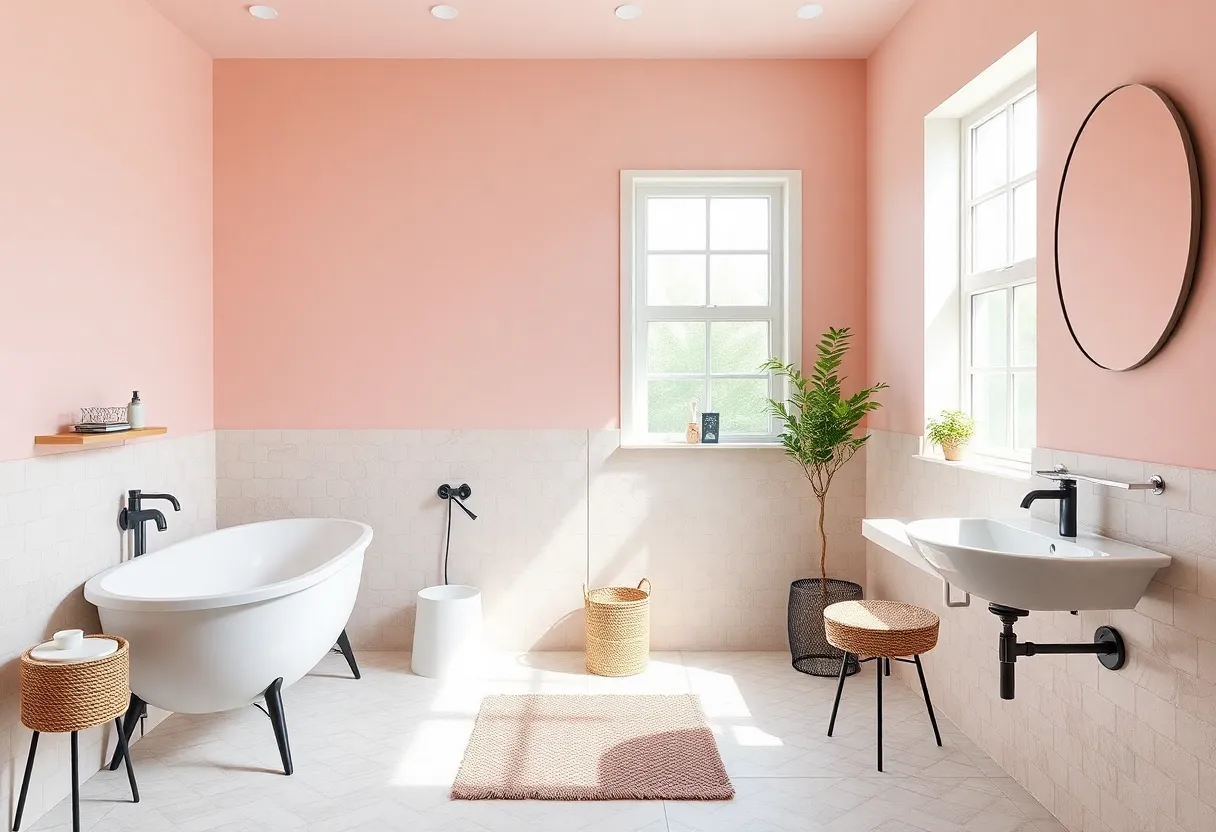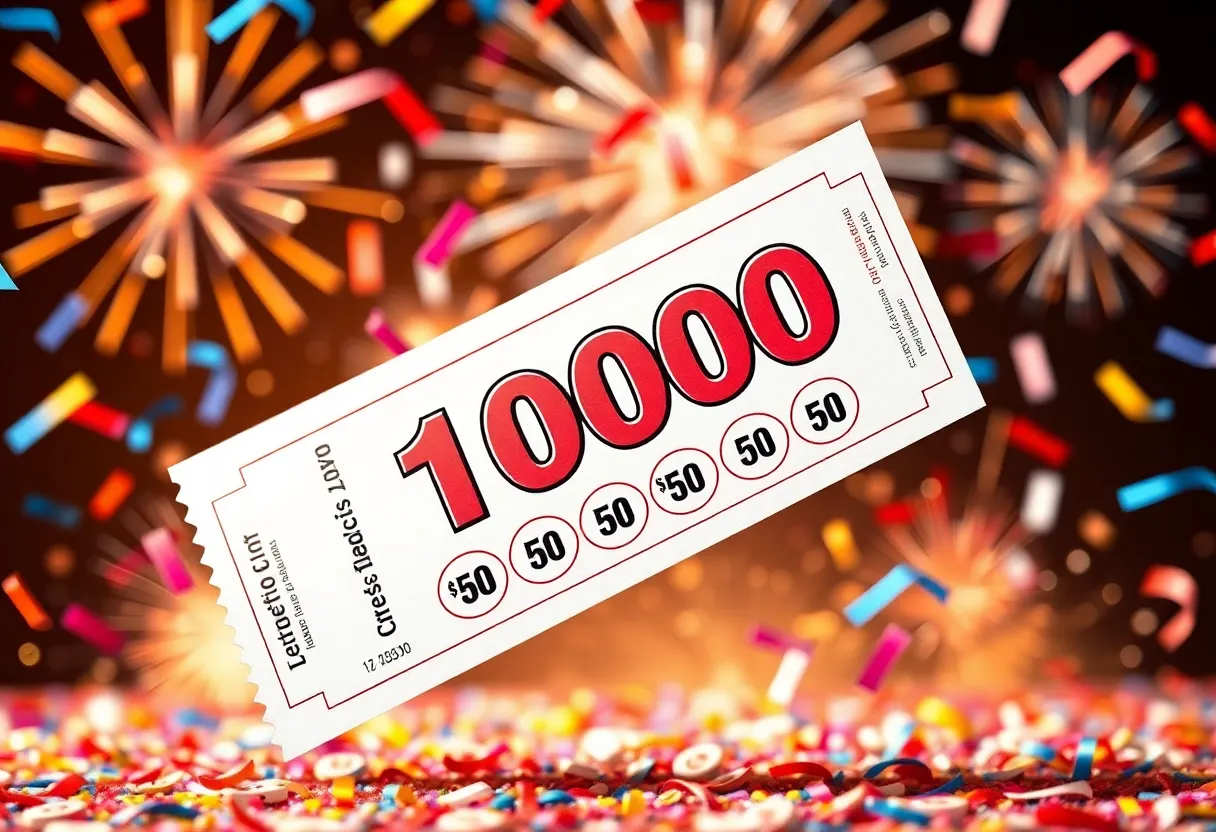Top Bathroom Design Trends of 2025: What’s In and What’s Out
Introduction to Bathroom Design Trends
The bathroom is increasingly becoming a sanctuary in the home. As we move into 2025, several bathroom design trends are emerging that reflect not only aesthetic preferences but also sustainability and functionality. This article explores the key trends shaping bathroom design for 2025, highlighting what’s in and what’s out.
Color Schemes: Shades of Serenity
In 2025, the color schemes for bathrooms are embracing tranquility. Soft hues such as muted greens, pastel blues, and earthy tones are gaining popularity.
What’s In
- Pale Greens and Blues: These colors foster a calming atmosphere, perfect for a space dedicated to relaxation.
- Warm Neutrals: Shades like sand, taupe, and cream create a cozy, inviting ambiance.
What’s Out
- Overly Dark Shades: While darker colors can add drama, they are being replaced by lighter palettes that make bathrooms appear more spacious.
- Bright, Neon Colors: These are falling out of favor as homeowners seek soothing environments over energetic vibes.
Sustainable Materials: Eco-Friendly Choices
Sustainability remains at the forefront of bathroom design trends. 2025 sees an increased emphasis on eco-friendly materials.
What’s In
- Bamboo and Cork: These renewable materials are not only sustainable but also add a warm, organic touch to bathroom designs.
- Recycled Glass: Used for countertops or tiles, recycled glass provides a unique aesthetic while promoting environmental responsibility.
What’s Out
- Plastic Fixtures: The shift towards natural materials is pushing plastic fixtures and decorations out of the design conversation.
- Fast Furniture: Temporary or low-quality bathroom furniture is being replaced by long-lasting, sustainable options.
Smart Technology: The Rise of the Smart Bathroom
Innovation in technology continues to influence bathroom design trends. Smart features enhance convenience and efficiency.
What’s In
- Touchless Faucets: These are becoming standard, offering hygiene and water conservation benefits.
- Smart Showers: Features like temperature control and water usage tracking create a personalized showering experience.
What’s Out
- Traditional Lighting: Standard overhead lights are being replaced by adjustable, energy-efficient options that can change color temperature.
- Non-Interactive Mirrors: Mirrors without smart features are becoming obsolete as homeowners prioritize multifunctionality.
Maximalist vs. Minimalist: Finding Balance
In 2025, the debate between maximalism and minimalism in bathroom design continues. While both styles serve their purposes, homeowners are increasingly seeking a balance.
What’s In
- Personalized Decor: A mix of cherished items and bold statements creates a unique aesthetic that personalizes the space.
- Layered Textures: Combining different materials, such as wood, metal, and textiles, adds depth and interest to the bathroom.
What’s Out
- Overly Simplified Spaces: The sterile, ultra-minimalist look is being avoided in favor of more expressive environments.
- Cluttered Maximalism: While more decor is welcomed, chaos and disorganization are being tightly controlled for a curated look.
Vintage Revival: A Nod to the Past
The charm of vintage design continues to grace modern bathrooms. Elements of different eras are being integrated into contemporary designs.
What’s In
- Vintage Fixtures: Claw-foot tubs and retro faucets are making a comeback, adding timeless elegance.
- Classic Tiles: Mosaic and patterned tiles reminiscent of past decades are favored for their character and uniqueness.
What’s Out
- Overly Industrial Designs: The sterile look that characterized industrial bathrooms is being replaced with warmth and charm from vintage elements.
- Generic Modern Fixtures: Products lacking personality are losing ground to fixtures that tell a story.
Open-Concept Bathrooms: Space Optimization
Open-concept designs are redefining traditional bathroom layouts. This trend emphasizes connection and flow within the home.
What’s In
- Integrated Spaces: The seamless blend of the bathroom with adjoining bedrooms or living areas promotes a sense of openness.
- Translucent Dividers: Use of glass or lightweight partitions allows for privacy while maintaining an open feel.
What’s Out
- Closed-Off Bathrooms: Distinct, walled bathrooms are becoming less popular as homeowners seek airy, interconnected spaces.
- Heavy, Dark Curtains: These are replaced by lighter window treatments that promote natural light.
Wellness Spaces: A Focus on Mental Health
In 2025, bathrooms are not only functional spaces; they are becoming wellness retreats. Design elements are being introduced specifically to enhance mental well-being.
What’s In
- Bathing Areas: Dedicated spaces with freestanding tubs and relaxing amenities promote self-care rituals.
- Biophilic Design: Incorporating plants and natural light connects users with nature, thus enhancing tranquility.
What’s Out
- Overly Clinical Environments: Bathrooms that resemble hospitals are increasingly rejected for warmer, more inviting designs.
- Minimal Comfort Elements: Spaces that prioritize utility over comfort are losing appeal as homeowners seek relaxation.
Conclusion
The bathroom design trends of 2025 reflect a deeper understanding of personal space, sustainability, and wellness. Homeowners are moving towards serene, functional, and personalized environments. As we observe these shifts, it is clear that the focus is on creating spaces that promote relaxation and well-being. Keep an eye on these trends as they continue to evolve and inspire innovative designs for the bathroom of tomorrow.









